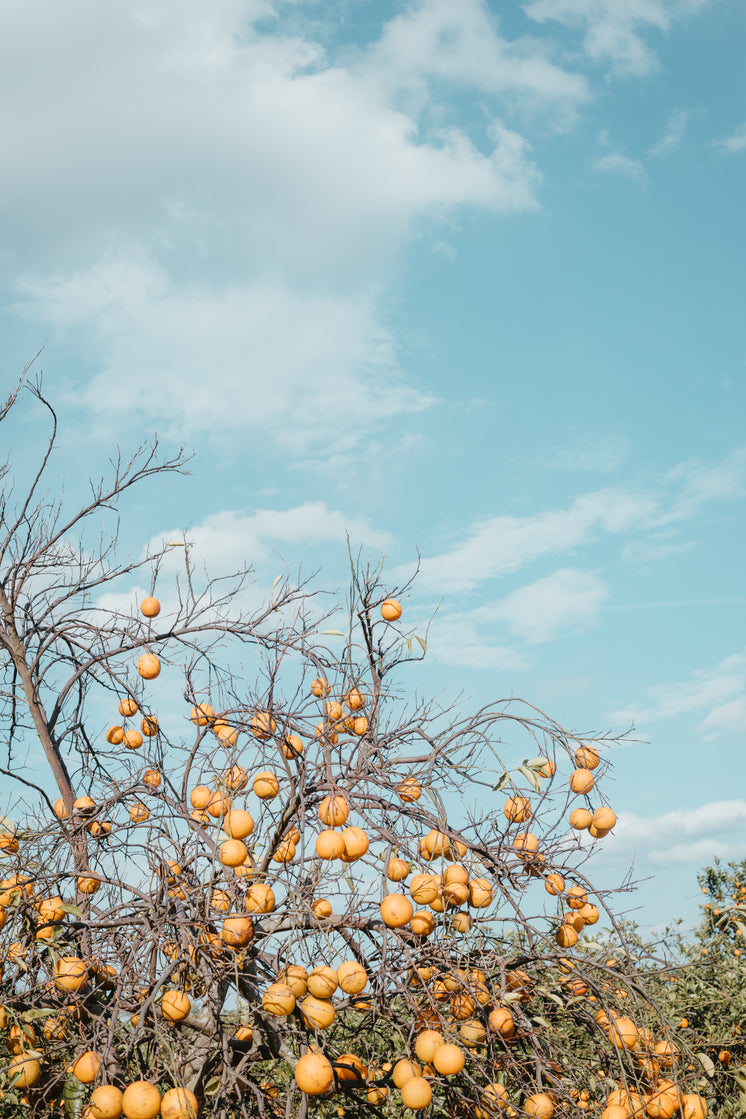Fraud, Deceptions, And Downright Lies About Caribbean Cuisine Exposed
조회 수 3 추천 수 0 2020.07.17 13:07:48Still served by the Garifuna are boiline, a stew combining vegetables and fruits with fish and dumplings; hudut (also understood as fufu in Africa and Jamaica), little cakes formed from boiled and mashed plantains, then wrapped in banana leaves and steamed or roasted; tapau, including fish and green bananas in coconut milk; and various chicken dishes and bimekakule, or puddings.
Breads include areba, or cassava bread, an important food symbol and vital item for the routine dugu; and bachati, a fried bread taken in at the breakfast. The Caribbean also offers the Garifuna with lobster and conch, which is become ceviche and conch fritters. Seafood is steamed and grilled, and when stewed with okra, pigeon peas, tomatoes, and hot peppers, it takes on the attributes of gumbo.
Coconut bread made with refined wheat flour and yeast is prominent in everyday meals. Beans and rice are also stewed together with the key flavor active ingredient, coconut milk. These meals belong to the standard collection at mealtime and consumed throughout religious beliefs events and feasts for the deceased. The Black Caribs slowly migrated from Roatan along the coastal areas of Central America.
These meals belong to the standard collection at mealtime and consumed throughout religious beliefs events and feasts for the deceased. The Black Caribs slowly migrated from Roatan along the coastal areas of Central America.
One is ginger beer, made with fresh ginger boiled with cinnamon and cloves, then sweetened. A comparable dish produces mauby, that makes use of mauby bark, or tree bark, and is consumed as part of numerous social rituals. In addition, the tamarind fruit, indigenous to East Africa and grown in numerous areas of the Caribbean, is offered on many celebratory events in the type of the tamarind beverage.
For those who claim to drink strictly for medical functions there is ti-punch, Martinique's lime juice and white rum cooler, along with muzik di zumbi (which equates in Curaao, Bonaire, and Aruba as "spirit music," a mix of reggae, African rhythms, and South American music), a mango, grenadine, rum, and lime juice concoction served in a sugar-rimmed glass.
Curaao's giambo, an okra soup, is sometimes presented with funchi, or funche, a moist cornmeal bread. In Nevis corn is also become mealtime staples along with pigeon peas, yams, sweet potatoes, cassava, bananas, and fruits from citrus trees. Highland garden farming and agriculture in St. Kitts is said to be a throwback to plantation days, when mountain plots were allocated for servant farming.
Personal gardens in St. If you beloved this article and you would like to obtain extra info relating to College Park Fl Restaurants kindly visit the site. Kitts, nevertheless, generally produce pumpkins, potatoes, eggplant, beans, peppers, mangos, bananas, pineapples, coconut, citrus fruit, and breadfruit. Chickens and pigs are frequently kept and developed into such meals as chicken prepared with pineapple, the sauce thickened with arrowroot, a popular cooking starch understood to have medicinal residential or commercial properties and a high-volume export from St.
As late as the 1970s, Dieppe Bay, Sandy Point, Old Road Town, and Basseterre were plentiful fishing locations in St. Kitts, as was the Charlestown areas of Nevis. Seafood meals, including mussel pie, conch stew, and shark hash, along with cassava pie, black-eyed peas and rice, and a chicken- and pork-filled baked pastry made from shredded cassava, to name just a few dishes, share the bill of fare throughout celebration cricket in Bermuda.
467). A poetic cooking metaphor has actually been used to describe Cuban and Puerto Rican nationalist identity, just as the African dishes gumbo and jambalaya have been utilized to specify numerous elements of culture in Louisiana. Ajiaco, or sancocho, is a stew made up of spices, meats, and tubers from Africa and the Caribbean.
Hot peppers, yams, calalua kind of spinach utilized in cooking and a staple West Indian soup throughout the Caribbeancassava, rum, plantains, and pumpkin are some of the ingredients mixed into this tasty stew. Throughout Cuba's history the descendants of Africans have kept unique cooking customs by method of soups, stews, and other meat meals.
During the age of slavery African domestics enhanced the diet plans of planters in Cuba and became essential culinary craftsmens. Numerous African cooks in chains in the French colonized islands were reported to be male; nevertheless, in 1859 Cuba, black male cooks were well-known also. Although black Cubans were left out from baking and pastry-making sell the 1940s, they nevertheless continued their African tradition of bean cakes, meal dumplings, yam fritters, and tea buns, all of which were side dishes, in addition to breads and desserts, baked or fried in hot oil.
Tembleque and flan de pina, made with pineapple juice, eggs, rum, and liqueur or sherry, are both custard desserts seen on holiday and celebration tables in Puerto Rico, along with lechon asado (roast pig); mofongo, a spicy, garlic-flavored ground plantain side dish; and chicharrones (pork cracklings) and tostones de plantano verde (deep-fried plantains) for appetisers and treats.
Follow-up courses consist of mannish water, a traditional Jamaican soup consisting of goat's head and feet, pumpkin and plantain, potatoes, hot peppers, and spinnerswhich are little dumplings cooked in the hot broth; and fish tea, a seafood stew with a savory broth made from fish heads. Main meals include curried goat and jerk pork and chickenthe jerk process needs marinating meats in spices and hot peppers, then grilling or roasting over a fire made from aromatic leaves and branches.
Culinary creations produced in Guadeloupe, Martinique, and Haiti were likewise expressions of African cultural retentions. Haiti, the premier French-colonized island and the gem of the Caribbean in the eighteenth century, catapulted French culinary society and economy to unparalleled heights by way of its servant labor in the cooking area. Nevertheless, servant laborers in Saint Domingue (Haiti) and somewhere else were frequently underfed, and similar to a variety of slave societies in the Americas, bondsmen and -ladies had to cultivate a small piece of land for their own dietary maintenance.
Giraumon soup and griot are samples of the fare prepared by Haitian cooks. Pumpkin is described as giraumon in the previous French-colonized islands. In giraumon soup, pumpkin is experienced with nutmeg, spices, and salt beef. Griot is a popular fried-pork appetizer/main dish. Other favorites include okra rice and fish (or chicken) braised in coconut milk and peanut sauce.
The same declaration, relating to African origins, holds true for numerous of South America's thirteen countries. Black neighborhoods emerged in all South American nations as a result of the slave trade, marronage, and immigration. Black populations are stated to range from less than 1 percent to as high as 30 percent in Colombia and in between 50 and 75 percent in Brazil.
Black populations are stated to range from less than 1 percent to as high as 30 percent in Colombia and in between 50 and 75 percent in Brazil.
Among Africa's cooking traditions restaurants in college park area the Santiago, Rancagua, Maule, and Aconcagua regions of Chile is bean soupsand there are various versions throughout South Americamade with hot peppers, one to 3 type of peas or beans, and tomatoes and onions; sopa de pescado (fish soup), made with a hearty fish stock, shellfish, and veggies; and a version of humitas (Chilean tamales), which are fresh corn husks packed with grated corn and sliced onions.
Uruguay's city of Montevideo was the port of entry for Africans in slavery bound for other parts of the area. At the exact same time, lots of Brazilian servants sought liberty through escape to northern and eastern Uruguay and settled into locations such as Salto, Rivera, Artigas, Tacuaremb, and Cerro Largo, areas where the majority of black Uruguayans are found today.





